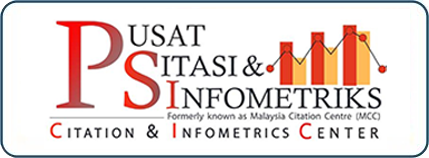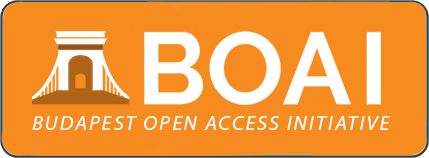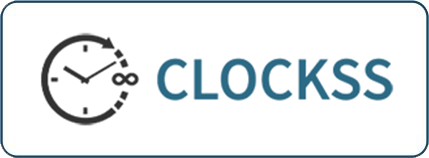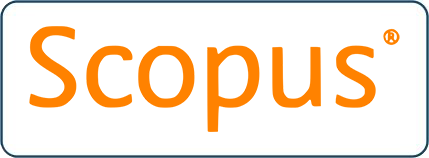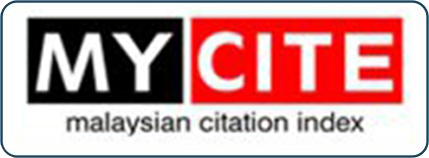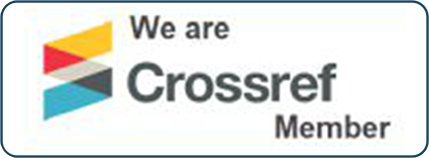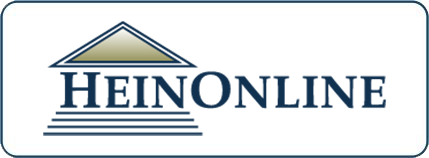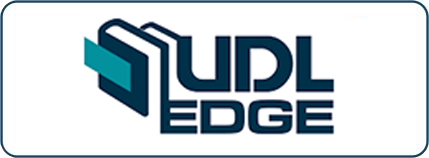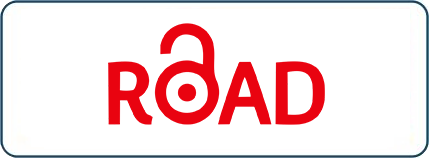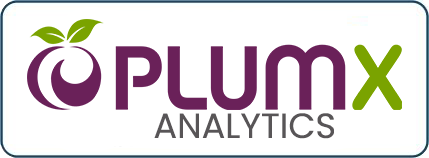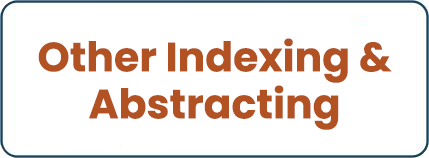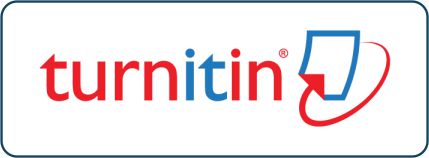CRIMINAL LIABILITY OF AUTOMOBILE MANUFACTURERS FOR TRAFFIC ACCIDENTS IN IRAQ: AN OVERVIEW
DOI:
https://doi.org/10.33102/mjsl.vol13no1.1100Keywords:
Criminal liability, automobile, vehicles, traffic accident, IraqAbstract
It is common for many injured individuals to file lawsuits against the automobile industry based on civil liability when a traffic accident occurs due to a defect. However, in this article, we examine the role of criminal liability in providing an effective deterrent to uphold legal standards, ensure consumer protection, and promote accountability. Navigating manufacturer liability within Iraq’s evolving legal and regulatory landscape—shaped by decades of economic and political reform—requires balancing outdated laws with newer policies and enforcement mechanisms in a transitional economy. This study employs a narrative synthesis of the literature, a qualitative method used to summarize and explain existing research on a particular topic. However, research on the subject may be limited, or researchers may have a specific focus on certain aspects of the literature. Key findings suggest that corporate accountability can be ensured by implementing strong laws and regulations effectively. This study's contribution is acknowledging the gaps in Iraq's legal system governing criminal liability for automobile producers, and providing empirical recommendations for legislative reform and policy development in furtherance of consumer safety and legal accountability. Successful reform requires stronger legal protections, improved regulatory enforcement, and increased consumer advocacy.
Downloads
References
Abdulla, M., & Wymeersch, H. (2017, June). “Fine-grained reliability for V2V communications around suburban and urban intersections”. arXiv. https://arxiv.org/abs/1706.10011
Abdulnabi, S. M., Almoussawi, Z. A., Hatem, A., Ahmed, M. D., Hasan, A. A., Sabti, A. A., & Alhani, I. (2022). The effect of drivers and barriers on the adoption of green supply chain management in construction of Iraq: A cross-sectional study. International Journal of Construction Supply Chain Management, 12(1), 167–182.
Abdulwahab, A. M., Ismael, N. T., & Aboud, G. M. (2021). A sustainable framework to reduce traffic accidents in Baghdad city. IOP Publishing, 779(1), 1–9. https://doi.org/10.1088/1755-1315/779/1/012019
Akoum, I., Zbib, I. J., & Ahmed, Z. U. (2007). Iraq: A new country in the making. Thunderbird International Business Review, 49(4), 475–506. https://doi.org/10.1002/tie.20154
Albayati, A. H., & Lateef, I. M. (2019). Characteristics of traffic accidents in Baghdad. Civil Engineering Journal, 5(4), 940–949.
Aldhalemi, A., & Abidi, F. (2022). Evaluation of the Iraqi road safety system in light of crash severity indicators. In Proceedings of 2nd International Multi-Disciplinary Conference Theme: Integrated Sciences and Technologies (IMDC-IST 2021), (pp. 1–12).
Al-Gharabi, A. H., Zubaidi, H., & Das, S. (2023). Exploring factors contributing to crash injury severity at Al-Diwaniyh city streets: Random parameter ordered probit model technique. EDP Sciences Journal, 427, 1–7. https://doi.org/10.1051/e3sconf/202342703014
Althabhawi, N. M., & Zainol, Z. A. (2014). The patent legal system in Iraq: The path to efficiency of its statutes. World Patent Information, 36, 32–35. https://doi.org/10.1016/j.wpi.2013.10.002
Asad, F. H. A. (2017). Road traffic accidents in Iraq: A review of evidence-based literature. International Journal for Traffic & Transport Engineering, 7(2), 256–275.
Banerjee, R. (2024). Who blunders and how: The dumb side of the corporate world. Penguin Random House India Private Limited.
Barbosa, F. M., & Osório, F. S. (2023, January). “Camera-radar perception for autonomous vehicles and ADAS: Concepts, datasets and metrics”. arXiv. https://doi.org/10.48550/arxiv.2303.04302
Calabresi, G. (2008). The cost of accidents: A legal and economic analysis. Yale University Press.
Cooper, S. (2012). Culpable driving and issues of causation. The Journal of Criminal Law, 76(5), 431–437. https://doi.org/10.1350/jcla.2012.76.5.797
Daughety, A. F., & Reinganum, J. F. (2014). Economic analysis of products liability: Theory. In Research handbook on the economics of torts (pp. 69–96). Edward Elgar Publishing. https://doi.org/10.4337/9781781006177.00011
Duarte, M. R., & Alves, M. (2020). A United Nations safety compliant urban vehicle design. International Journal of Transport and Vehicle Engineering, 14(12), 582–586.
Gagg, C. (2005). Failure of components and products by ‘engineered-in’ defects: Case studies. Engineering Failure Analysis, 12(6), 1000–1026. https://doi.org/10.1016/j.engfailanal.2004.12.008
Garoupa, N. (2008). Providing a framework for reforming the legal profession: Insights from the European experience. European Business Organization Law Review, 9(3), 463–495. https://doi.org/10.1017/S1566752908004631
Geistfeld, M. A. (2017). A roadmap for autonomous vehicles: State tort liability, automobile insurance, and federal safety regulation. California Law Review, 105, 1611-1694.
Halin, H., Khairunizam, W., & Ali, H. (2021). Autonomous vehicle: Introduction and key elements. In Asian Conference on Intelligent Computing and Data Sciences (ACIDS), (pp. 1–5). IOP Publishing. https://doi.org/10.1088/1742-6596/1997/1/012016
Harun, Z., Almutairi, Y., Molla, A. H., Sitinjak, C., Khashehchi, M., Mohamad, T. I., & Reda, E. (2023). End-of-life vehicles initiatives in the Middle East. International Journal of Integrated Engineering, 15(4), 51–63.
Henderson, P. B., Hashimoto, T., & Lemley, M. A. (2023). “Where’s the liability in harmful AI speech?”. Cornell University. https://doi.org/10.48550/arxiv.2308.04635
Henderson Jr, J. A., Twerski, A. D., & Kysar, D. A. (2020). Products liability: Problems and process. Aspen Publishing.
Leuz, C. (2010). Different approaches to corporate reporting regulation: How jurisdictions differ and why. Accounting and Business Research, 40(3), 229–256.
Lowry, O. H., Rosebrough, N., Farr, A., & Randall, R. J. (1951). Protein measurement with the Folin phenol reagent. Journal of Biological Chemistry, 193(1), 265–275. https://doi.org/10.1016/s0021-9258(19)52451-6
Lu, M., Wevers, K., & Bekiaris, E. (2006). Traffic safety principles and physical road infrastructure measures. Lund University Publications.
Milanović, N., Milosavljević, M., Benković, S., Starčević, D., & Spasenić, Ž. (2020). An acceptance approach for novel technologies in car insurance. Sustainability, 12(24), 1–15.
Mohammed, H., Jaff, D., & Schrock, S. (2019). The challenges impeding traffic safety improvements in the Kurdistan Region of Iraq. Transportation Research Interdisciplinary Perspectives, 2, 1–8.
Nation III, G. A. (2008). Respondeat manufacturer: Imposing vicarious liability on manufacturers of criminal products. Baylor Law Review, 60(155), 101-169.
Opaluch, J. J. (1984). The use of liability rules in controlling hazardous waste accidents: Theory and practice. Northeastern Journal of Agricultural and Resource Economics, 13(2), 210–217. https://doi.org/10.1017/s0899367x00000519
Peden, M. M. (2004). World report on road traffic injury prevention. World Health Organization.
Rena, R. (2009). Indian economy: Financial sector reforms and development. International Journal of Business and Emerging Markets, 1(4), 387–404.
Rose, L. E. (1980). Consumer protection policy‐making in Norway and the United States: A research note. Taylor & Francis, 3(3), 421–430. https://doi.org/10.1080/01402388008424295
Russell, M., & Jur, T. A. (2017). Engineering analysis of failure: A determination of cause method. Journal of Failure Analysis and Prevention, 17(1), 8–14. https://doi.org/10.1007/s11668-016-0224-9
Semenova, T., & Al-Dirawi, A. (2022). Economic development of the Iraqi gas sector in conjunction with the oil industry. Energies, 15(7), 1–31.
Setiodjati, J. P., Wiwoho, J., & Suraji, S. (2021). Consumer legal protection: Building legal awareness in the age of globalization. In Proceedings of the International Conference on Environmental and Energy Policy (ICEEP 2021), (pp. 39–41). Atlantis Press. https://doi.org/10.2991/assehr.k.211014.010
Shapo, M. S. (2017). Design defects. In Shapo on the law of products liability. Edward Elgar Publishing.
Southwick, A. F. (1963). Mass marketing and warranty liability. Journal of Marketing, 27(2), 6–12. https://doi.org/10.1177/002224296302700202
Spitzer, M. (2019). Human rights, global supply chains, and the role of tort. Journal of European Tort Law, 10(2), 95–107. https://doi.org/10.1515/jetl-2019-0110
Talim, S. R., Ali, B. J., & Top, C. (2021). Elaborating the antecedents of purchase intentions in second-hand car industry: A case study in Kurdistan Region of Iraq. Journal of Contemporary Issues in Business and Government, 27(3), 1526–1547.
Tennert, F. (2014). An attributional analysis of corporate reporting in crisis situations. Journal of Communication Management, 18(4), 422–435. https://doi.org/10.1108/jcom-09-2012-0074
White, J. J., & Munger, F. (1971). Consumer sensitivity to interest rates: An empirical study of new-car buyers and auto loans. Michigan Law Review, 69(7), 1207–1259. https://doi.org/10.2307/1287546
Wuyts, D. (2014). The product liability directive–more than two decades of defective products in Europe. Journal of European Tort Law, 5(1), 1–34.
Xiang, L., Chen, B., & Hanqing, X. (2012). Study on principle of product defect identification. Procedia Engineering, 43, 393–398. https://doi.org/10.1016/j.proeng.2012.08.068
Zainol, Z. A., Hassan, K. H., Hussein, W. M. H. W., & Phuoc, J. C. (2019). Adaptive regulation for Industry 4.0. In Proceedings of the International Conference on Social Science 2019 (ICSS 2019), (pp. 39–41). https://doi.org/10.2991/icss-19.2019.8
Downloads
Published
Issue
Section
Categories
License
Copyright (c) 2025 Rabah Sulaiman Khaleefah, Wan Abdul Fattah Wan Ismail

This work is licensed under a Creative Commons Attribution-NonCommercial 4.0 International License.








